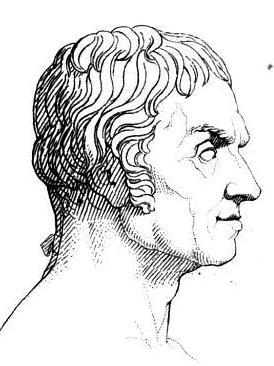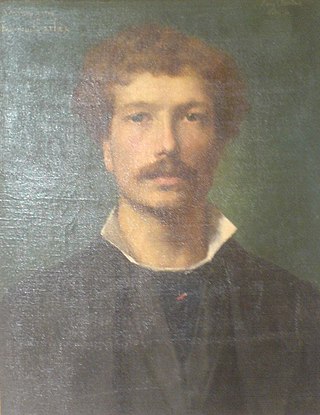
Jean-Baptiste Claude Eugène Guillaume was a French sculptor.

Pierre-Jean David was a French sculptor, medalist and active freemason. He adopted the name David d'Angers, following his entry into the studio of the painter Jacques-Louis David in 1809 as a way of both expressing his patrimony and distinguishing himself from the master painter.

Aimé Nicolas Morot was a French painter and sculptor in the Academic Art style.

Louis-Pierre Deseine (1749–1822) was a French sculptor, who was born and died in Paris. He is known above all for his portrait busts and imaginary portraits.

Louis-Messidor-Lebon Petitot was a French sculptor, who was born and died in Paris. He was the pupil and son-in-law of the sculptor Pierre Cartellier.

Charles-François Lebœuf, called Nanteuil was a French sculptor.

Charles Auguste Arnaud, known as Auguste Arnaud was a French sculptor.

Pierre-Jules Cavelier was a French academic sculptor.

Jean-Guillaume Moitte was a French sculptor.

Jean-Antonin Carles was a French sculptor.

François Gaspard Aimé Lanno was a French sculptor. He was a pupil of François-Frédéric Lemot and Pierre Cartellier. In 1827, he won jointly with Jean-Louis Jaley the Prix de Rome for sculpture with a bas-relief Mucius Scævola devant Porsenna.

Jean-Louis Nicolas Jaley was a French sculptor.

Bernard-Gabriel Seurre or Seurre the Elder was a French sculptor. His younger brother Charles Émile Seurre (1798–1858) was also a sculptor.

Charles Marie Émile Seurre or Seurre the Younger was a French sculptor.
Jean Pierre Victor Huguenin was a French sculptor.
Pierre-François Berruer was a French sculptor. He is known for the twelve statues that decorate the front of the Grand Théâtre de Bordeaux.

Jean-François Legendre-Héral was a French classical sculptor.

Onésime-Aristide Croisy was a French sculptor. He is known for his dramatic bronze military statues, but perhaps best known for his marble Le Nid, showing two children asleep in an armchair.

Jean Barnabé Amy was a French sculptor who mainly specialized in bas relief. He was close to members of the Félibrige, a society that promoted Provençal culture, and often made statues, busts or reliefs of members of this society.

















